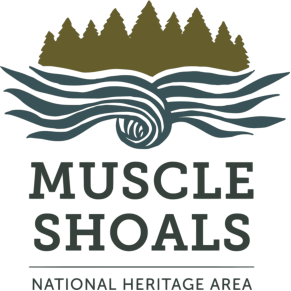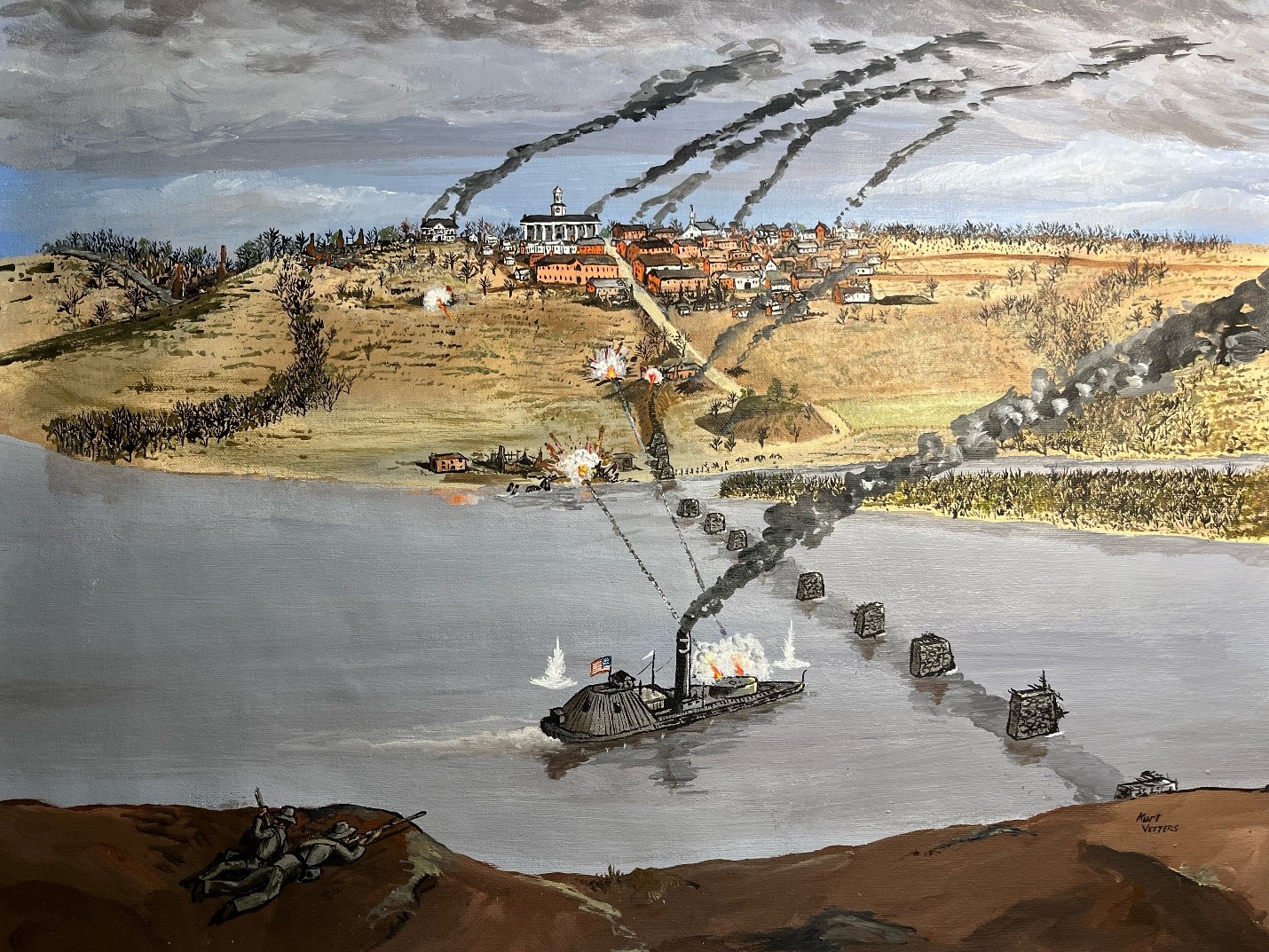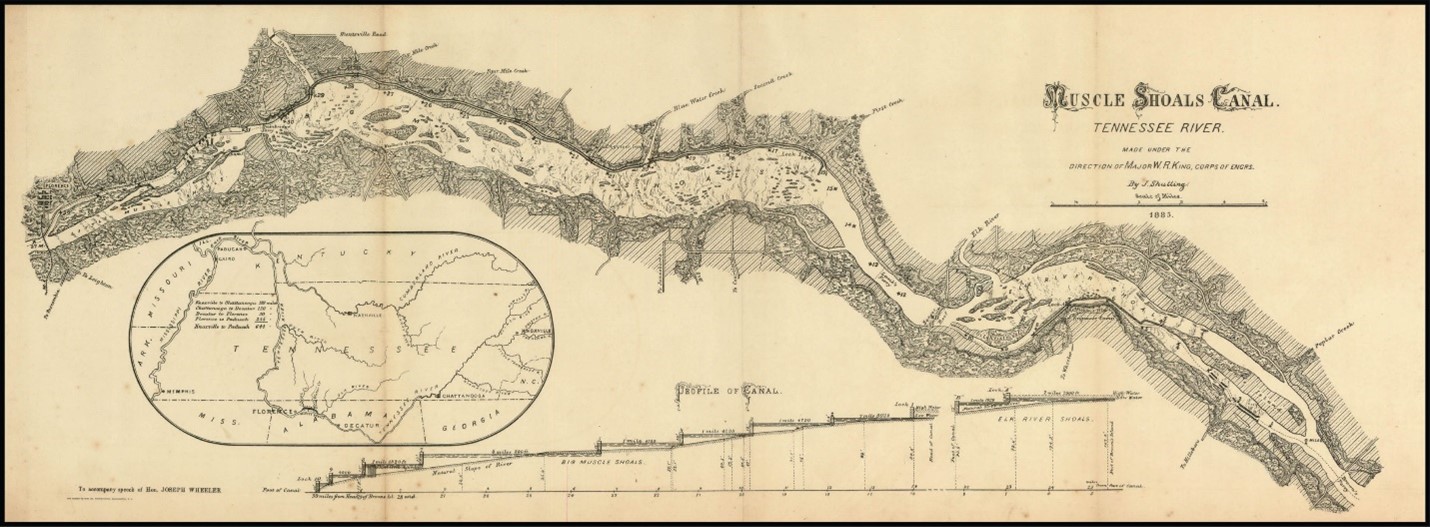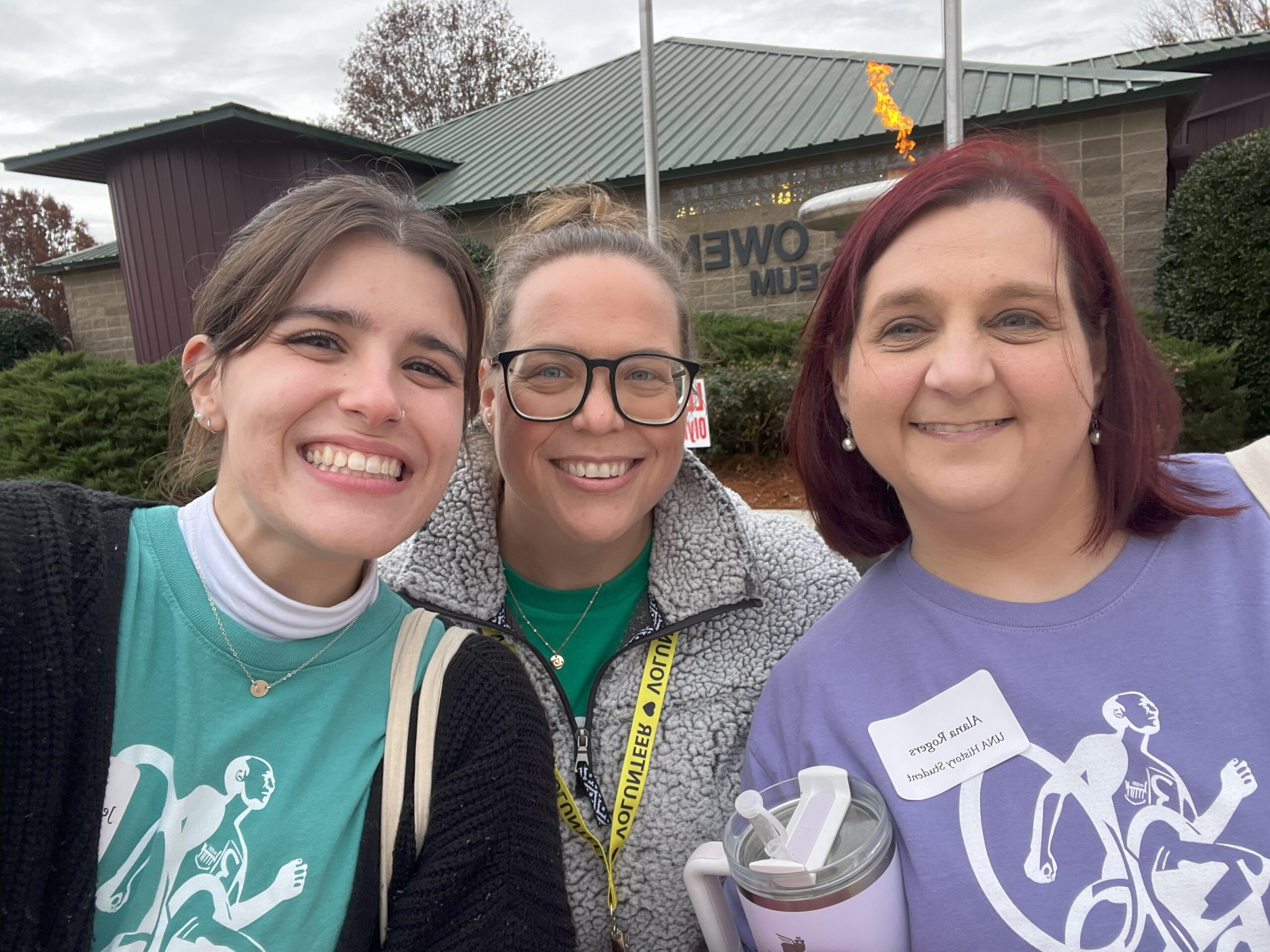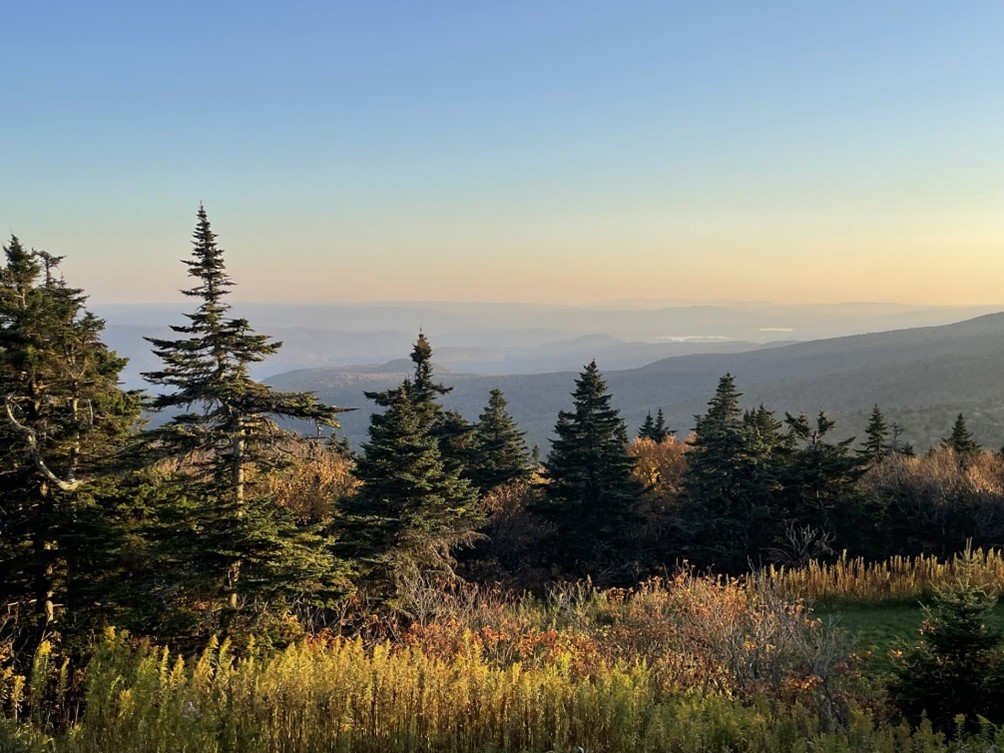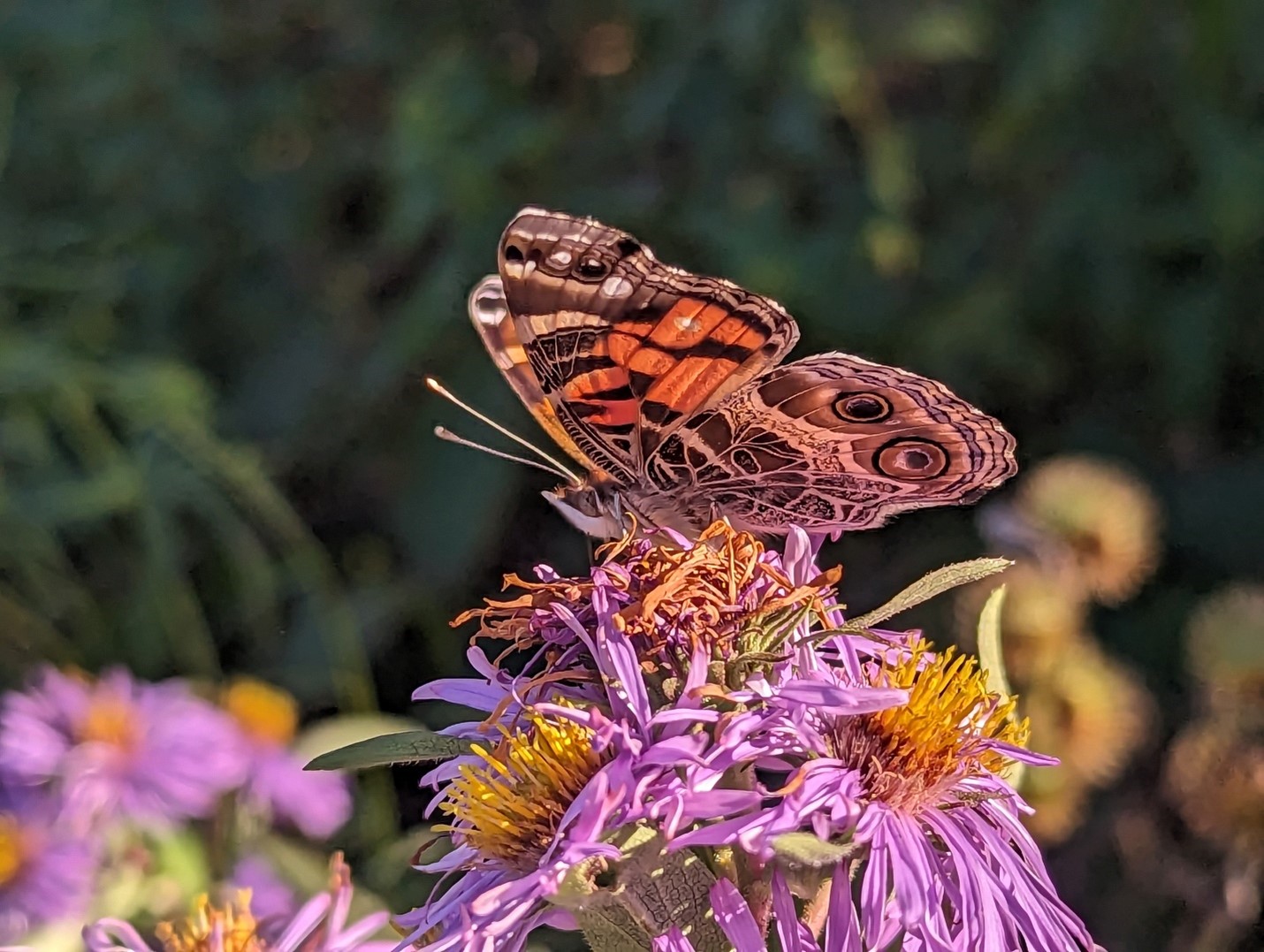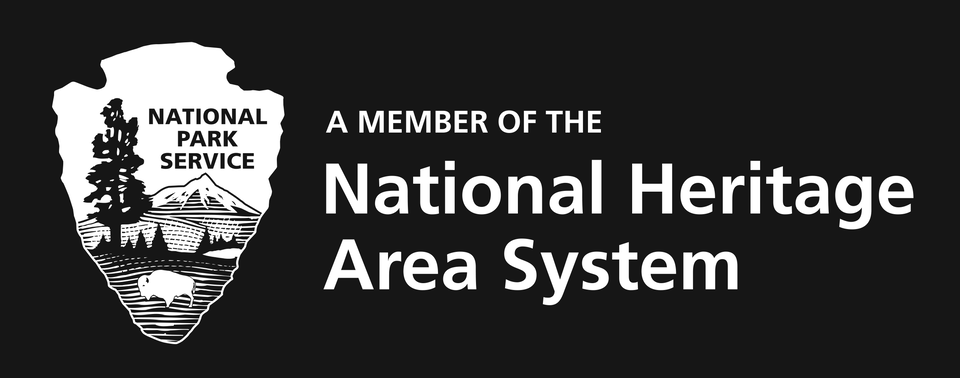By Jessie Todd Johnson
MSNHA graduate assistant
Hello, and welcome to the third post about the Journal of Muscle Shoals History! If you missed parts Nos. 1 and 2, be sure to go back and give them a read. The first gives basic information on the journal and the Tennessee Valley Historical Society, which published all 19 volumes, as well as the process of digitizing it. The second part is about a journal article that caught my attention, “The Iron Industry in Sheffield, Alabama” in Volume III. This post focuses on another article I was drawn to: “History of the Courtland Presbyterian Church” in Volume XII. Because the history of churches is often directly tied to the history of marginalized groups that don’t have any other historical records that show their lives, I was excited to see that this research about Courtland Presbyterian Church is no different.
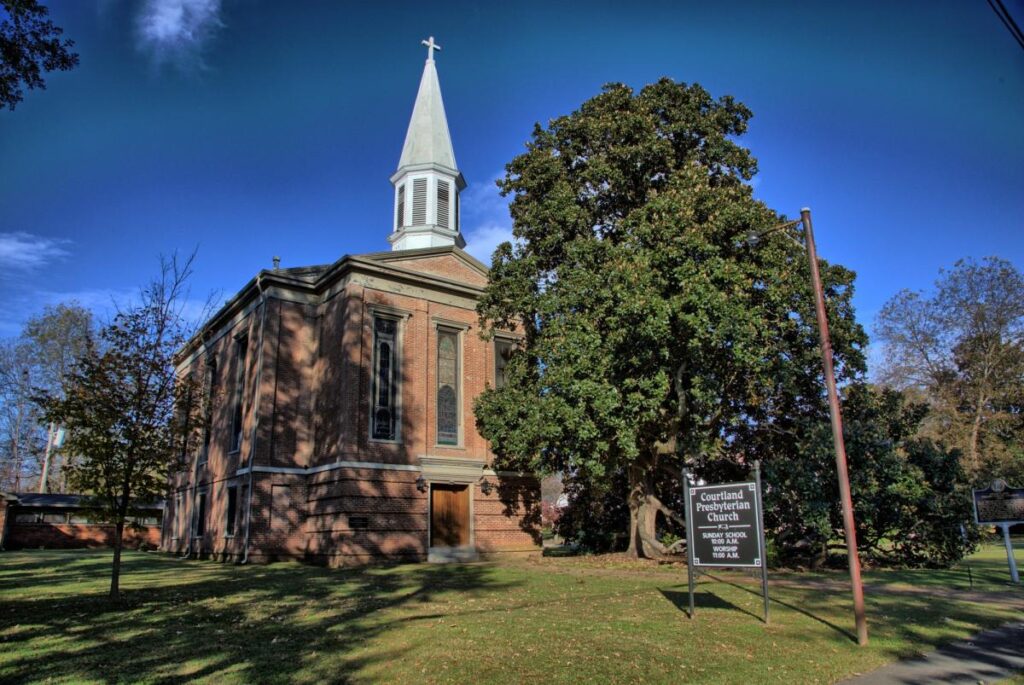 Courtland Presbyterian Church was founded in 1821 and is the second oldest Presbyterian church in north Alabama. The original name was the Church of Nazareth in Courtland but was changed to the current name in 1833. The original church building caught on fire, which led to the construction of the second building in the 1850s. Enslaved people of Daniel Gilchrist made the church’s bricks. This tie to enslaved people is important — while they might not have been explicitly named or included in other church records, they were present & involved in the creation of the church and might have been a part of the congregation. An indication that enslaved people were members of the church is the balcony built at the back of the sanctuary. The Civil War halted construction & a staircase to this balcony was never added. If you want to know more about the history & legacy of African Americans in the Presbyterian Church, visit National Black Presbyterian Caucus.
Courtland Presbyterian Church was founded in 1821 and is the second oldest Presbyterian church in north Alabama. The original name was the Church of Nazareth in Courtland but was changed to the current name in 1833. The original church building caught on fire, which led to the construction of the second building in the 1850s. Enslaved people of Daniel Gilchrist made the church’s bricks. This tie to enslaved people is important — while they might not have been explicitly named or included in other church records, they were present & involved in the creation of the church and might have been a part of the congregation. An indication that enslaved people were members of the church is the balcony built at the back of the sanctuary. The Civil War halted construction & a staircase to this balcony was never added. If you want to know more about the history & legacy of African Americans in the Presbyterian Church, visit National Black Presbyterian Caucus.
Another group present in the church was women. To finish construction & furnish the church after the Civil War, Fundraisers such as quilting, teas, bazaars &, and Thanksgiving dinners were held after the Civil War to finish construction & to furnish the church. While the women who organized & ran these events are not a part of official minutes or most church documents, their presence is still felt in the record of fundraising & general management of the church. For more about about the role & evolution of women in the Presbyterian Church, visit the Presbyterian Women website.
The history of local churches allows us to look into the lives of marginalized communities that are not recorded in other sources. It also helps us understand national history through a more complete lens by giving us another avenue to see the cause & effects of major events. The Presbyterian Church has an online archive where visitors can learn how the national church was affected by major historical events such as the Civil War & Civil Rights Movement.
If you’ve enjoyed reading about the different journal articles, keep an eye out for my last article spotlight!
Photo credit: Alabama Mountain Lakes Tourist Association
